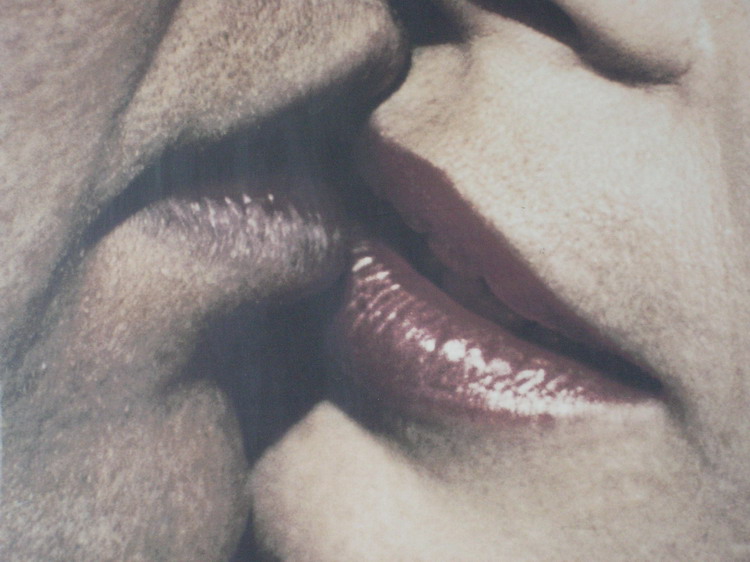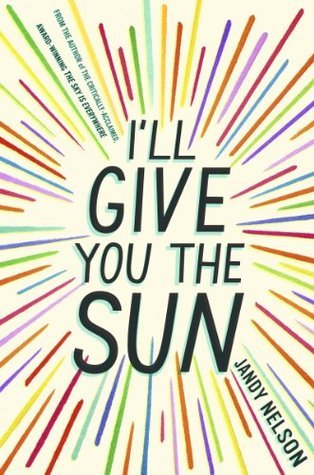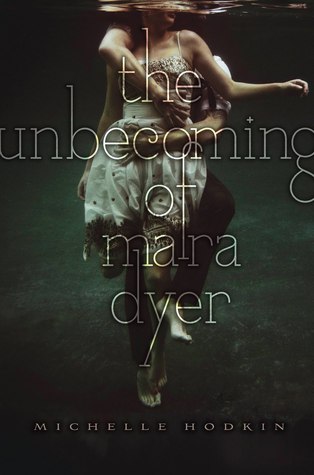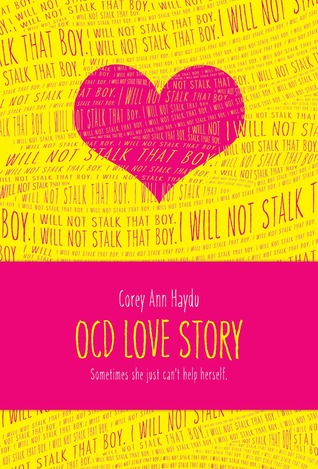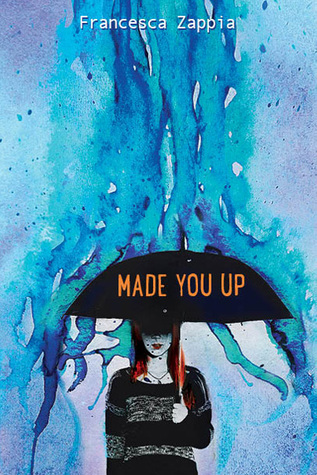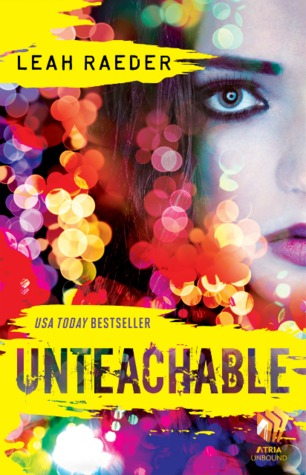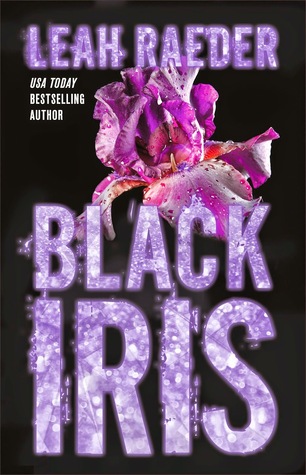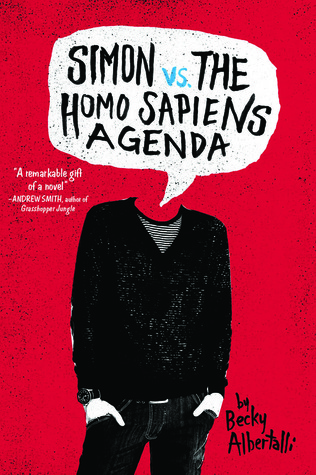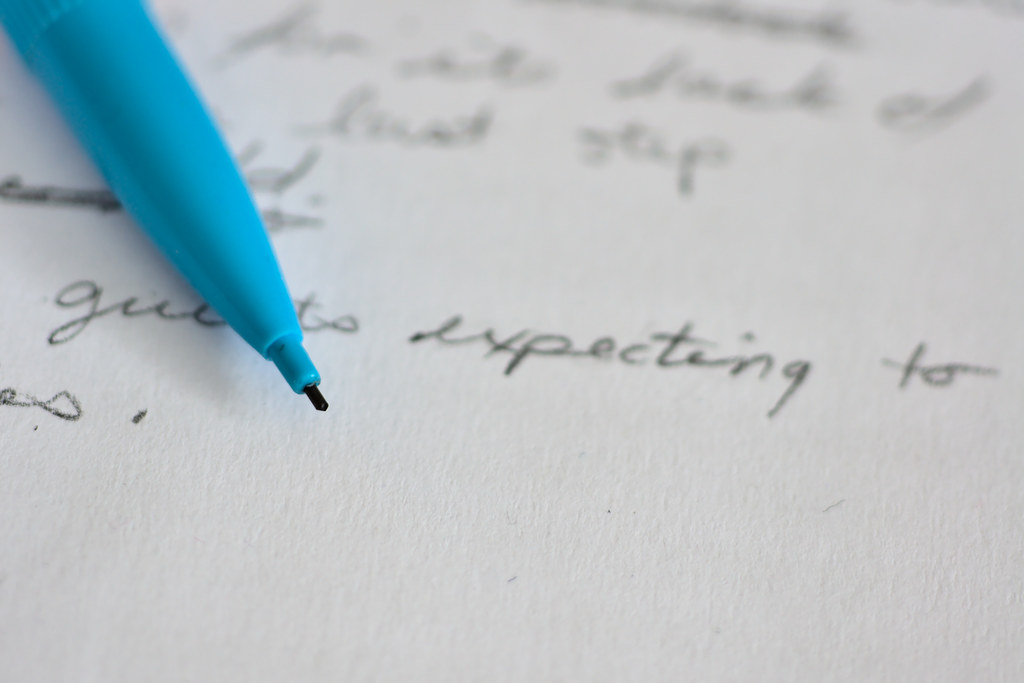 |
| Photo credit: Bruce Guenter on Flickr |
Not too long ago, one of my lovely Twitter followers asked me how I made myself write through college in order to complete Beyond the Red. And I immediately knew it wasn’t an answer I was going to be able to fit in a tweet or two.
So…I’ve mentioned this before, but I didn’t actually start writing with the intention of getting published in college. I started young. Like, pre-HS young. And I had pretty serious ambitions of getting published as a teen, but that didn’t happen, which is fine, but anyway.
The point is, for me, by the time I started college, I’d already developed a habit of writing. I wrote during all of my free time, I finished homework early so that I could write, I wrote during class—I was writing or thinking about writing all the time. So when I started college, it really wasn’t all that different.
For Beyond the Red specifically, I wrote it over a summer. If I remember correctly, I started just as my college semester ended, and drafted, revised, CPed, and revised again until I started querying in September.
Ultimately, I wasn’t, and I’m not, doing anything different from any other writer. All it comes down to is developing a habit and sticking to it.
The thing is, no matter when you start writing, there will always be other things that could take time away from writing. Homework, job work, kids, adult responsibilities, family issues, emergencies, health problems—the distractions and responsibilities that require time are just a part of life. If your aim is to write, and write professionally, you have to learn how to write even when you’re at your busiest. This means getting up early to write, or staying up late to write, or writing on your lunch break or instead of watching Netflix.
It also means writing when you don’t want to. And writing when you feel uninspired. And writing when you’re tired, or would rather be doing something—anything—else.
I’m not going to pretend it’s always easy, because it’s not. There are days where writing feels like dragging yourself through mud. But ultimately, if writing is your dream and telling stories is what you love, I think you’ll find that the good days and the end result are more than worth it.
But the only way to get there, of course, is to get your butt in a chair and write.
What do you think? How do you juggle writing with your other responsibilities?
Twitter-sized bites:
How do you juggle writing with your other responsibilities? Join the discussion on @Ava_Jae's blog. (Click to tweet)
.@Ava_Jae says if you want to write professionally, you'll need to write when you don't want to. What do you think? (Click to tweet)













